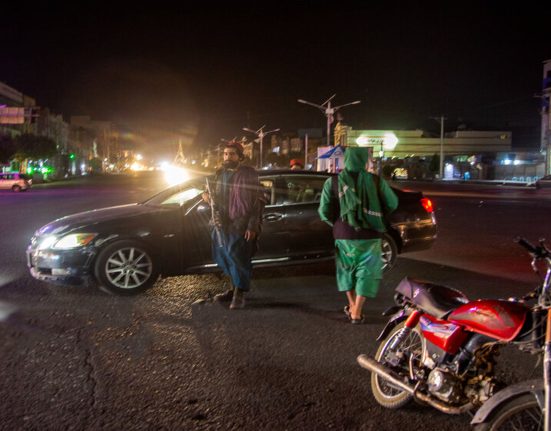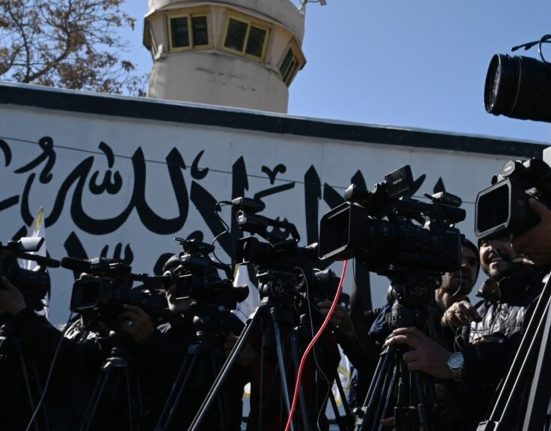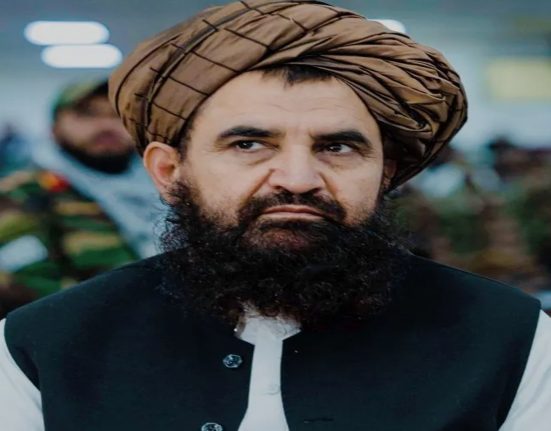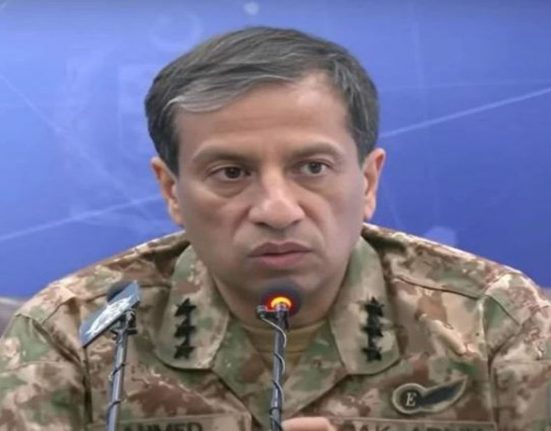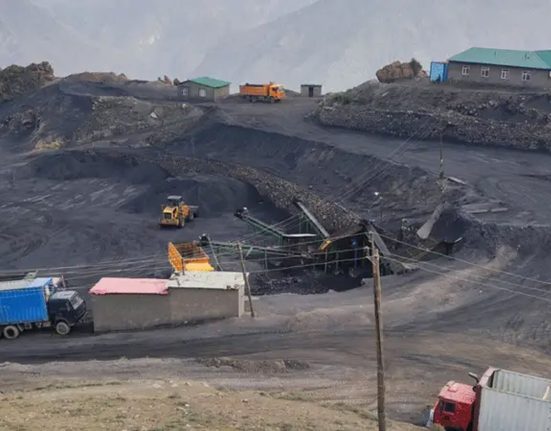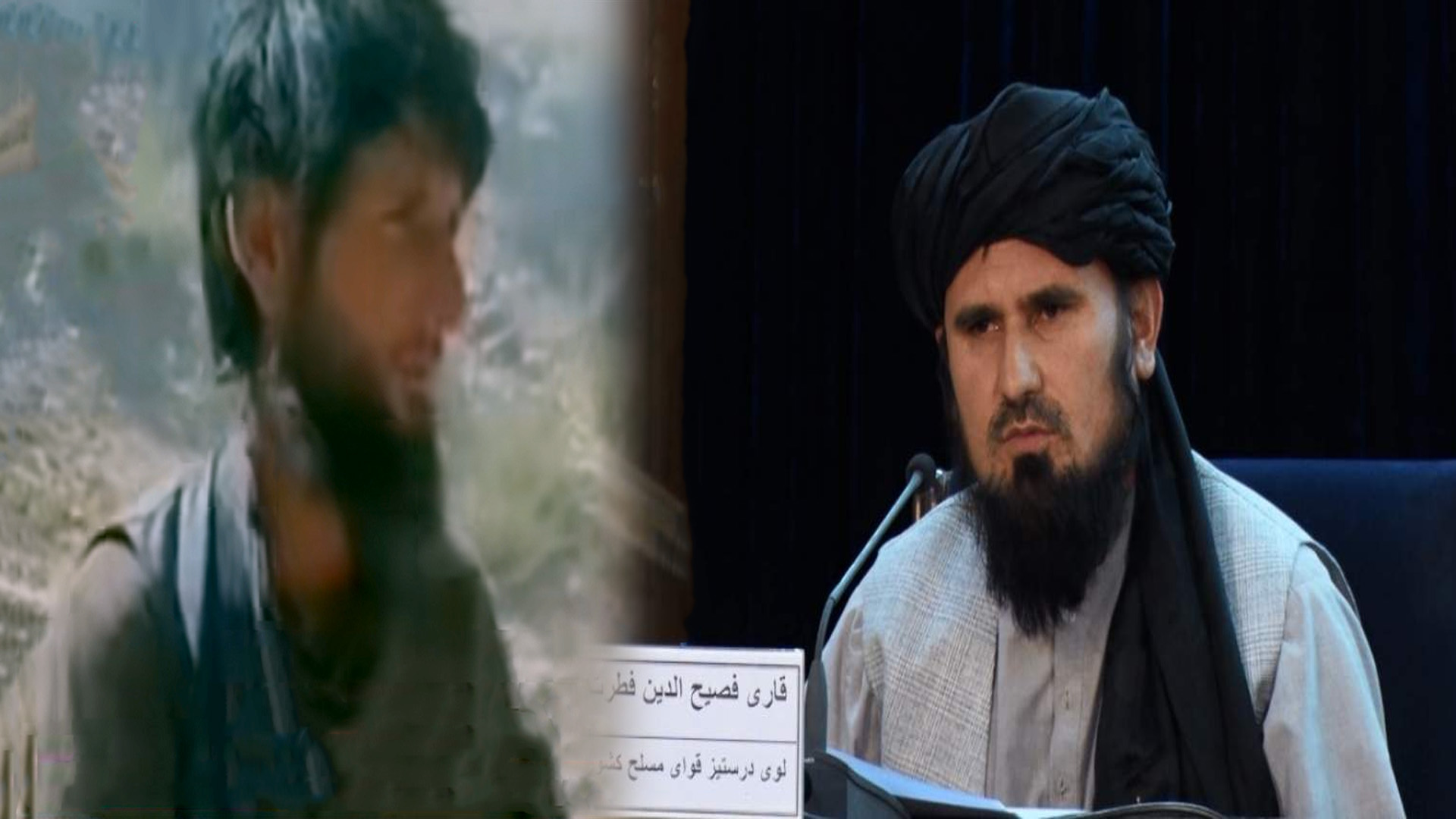
Continuous clashes in Badakhshan; from local rebellions to internal Taliban rifts.
The recent clash in the Jurm district of Badakhshan province, which occurred between residents of two villages and people affiliated with Qari Fasihuddin, shows the weakness of the Taliban in controlling local crises.
The clash, which lasted from Monday evening, 18 August, until Tuesday morning, has left at least one dead and more than 40 injured. According to local sources, Taliban forces, in support of residents of the village of Kayb, opened fire on the people of the village of Pelar and set fire to their tents and livestock.
The roots of this clash go back to long-standing disputes over pasture; an issue that has repeatedly sparked bloody conflicts in the province in the past.
However, the significance of this incident is not limited to its human casualties. Badakhshan has been the scene of several similar incidents in recent months; Including armed clashes in Sheki district and suppressed protests in Faizabad, all of which are signs of escalating ethnic, local and even intra-Taliban tensions.
In some cases, Taliban commanders themselves have clashed over the division of natural resources and pastures, indicating that the Taliban are unable to establish order even among their own forces.
These events highlight the deep gap between the official Taliban narrative – which calls itself the guarantor of order and security – and the objective reality in the provinces.
The continuation of such crises not only increases the risk of instability in Badakhshan, but could also fuel a new wave of local conflicts across the north of the country;
A situation that more than ever reveals the Taliban’s structural weaknesses in governance and social conflict management.


